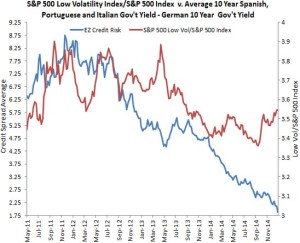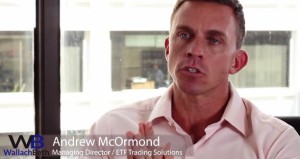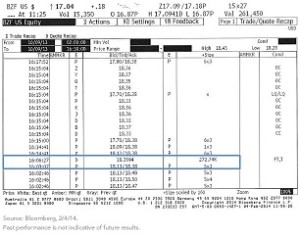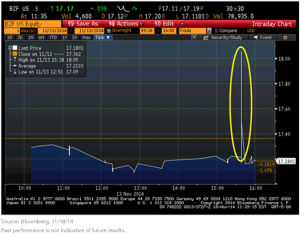Marketsmuse.com update profiling Swiss National Bank (SNB) lowering of deposit rate to a -0.75% has, as noted by Neil Azous of global macro think Rareview Macro LLC, “shocked the markets” and “will be booked into the Black Swan record books as an event to be remembered. ” Below update starts with extract from late morning edition of Rareview Macro’s “Sight Beyond Sight” and followed by the ETF angle, courtesy of late morning summary from ETFtrends.com

Historic Day for Global Investors…Impact Will Be Felt for Weeks to Come
- Model Portfolio – Update
Can You Trade Swiss Franc?
Commodities – Quick Thoughts
Big Picture – Asset Allocation
This morning, in a move that shocked the markets, the Swiss National Bank (SNB) removed its minimum exchange rate policy of holding the Euro-Swiss (EUR/CHF) at 1.20, lowered its deposit rate to -0.75% from -0.30%, and their target LIBOR rate to between -1.25% and -0.25%. The main reason offered by the SNB for its decision was the strength of the US Dollar and the diverging monetary policy between regions.
As a reminder, the SNB had a regularly scheduled meeting on December 11th where no changes to policy were made, just a reiteration that it remained steadfast in its commitment to the EUR/CHF 1.20 floor. On December 18th, largely as a result of very strong safe-haven inflow from Russia, the SNB surprised the market and reduced its deposit rate to -0.30% from -0.05%, surpassing the European Central Bank’s (ECB) which set its deposit rate at -0.25%. Two days ago the SNB’s vice-chairman said that the bank “are convinced that the minimum exchange rate must remain the cornerstone of our monetary policy”. In other words, there was no warning of this.
Since the EUR/CHF 1.20 floor was introduced a few years back the market sentiment was firm in that if the floor was to ever break then the initial downside risk was 1.15-1.10 at a maximum.
The Electronic Broking Services (EBS), the benchmark for professional FX trading, said the market low for the EUR/CHF on its platform was 0.8500 Francs per Euro and confirmed the “miss-hit” at 0.0015.
THAT MEANS NO ONE GOT STOPPED OUT OF THEIR LONG EUR/CHF POSITION ABOVE 1.0000!
This is not the commodities market, where traders place stop-limit orders and wait for a product to bounce back before being taken out of their position due to illiquidity. It is FX where stop-loss orders are predominantly used and you are taken out at the level at which the market first traded.
Therefore, today will go down in history as a “Black Swan” event. Continue reading


























